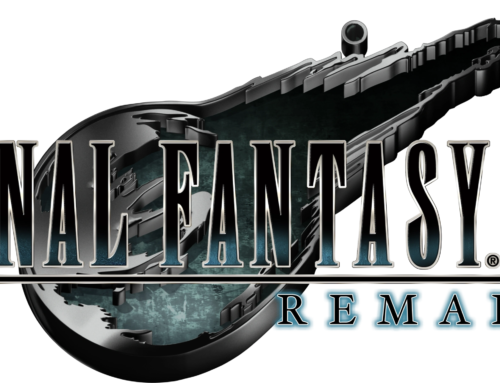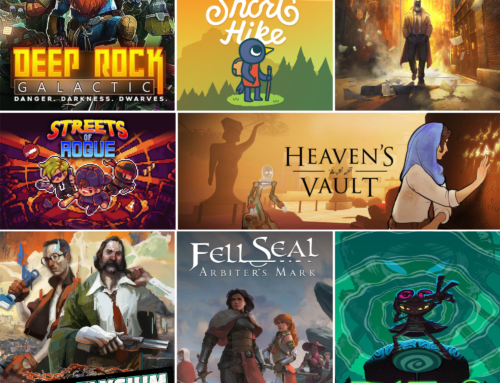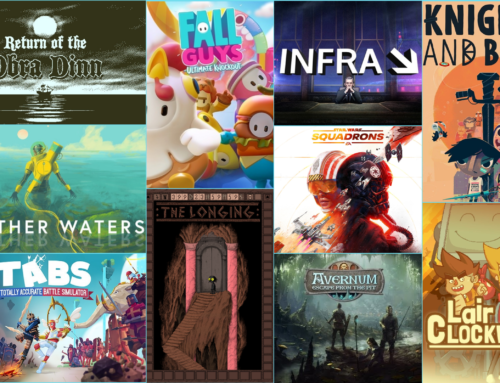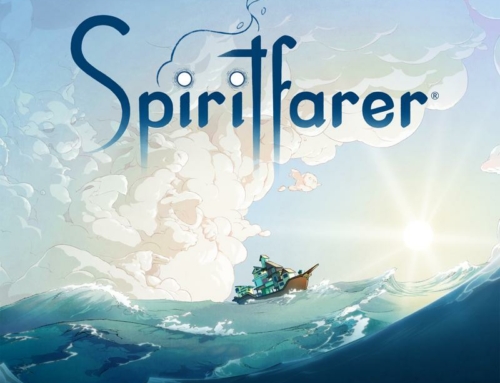When Double Fine announced that they’d cease producing AAA titles in favor of shorter games, I was thrilled. First, it meant I’d get a semi-annual dose of their products rather than having to wait for years. But mostly I was happy on their behalf: it was a way for them to keep experimenting without the financial collapse brought about if they had their third commercial failure in a row.
What I didn’t fully anticipate was the way this would change their game design. Double Fine was very much Tim Schafer’s studio, and while an array of talented individuals created these games, each bore the distinct touch of Schafer, given that he was both creative lead and a principal writer for Psychonauts and Brutal Legend. With the new system, these previously unknown team members were thrust into the role of project leads, with Schafer serving as advisor and producer.
Stacking is the pet project of Lee Petty, the art director from Brutal Legend, and it shows. This is a game about play, about languishing the the frivolous aesthetic of the game’s distinct setting. Even the plot is visually focused, with as much effort spent in channeling the feel of a silent movie as on the dialog itself. It’s only in the incidental commentary in the game proper that you get the Schafer-inspired silly dialog, the highlight being a summit debating the merits of child labor.
Petty reportedly came up with the matryoshka design as a way to make a traditional adventure game without using a point-and-click interface, and it’s a brilliant workaround. It’s a bit simplistic, but this is a simple game. One of its key features is that any puzzle can be solved in three to five different ways, which usually means it doesn’t take a lot of effort to do so; careful observation and experimentation will inevitably see the player through. But that’s okay. Like Lego Star Wars, this is a children-family guy that should be enjoyable by all ages (the difference from the Lego series being that reading ability is required to navigate Stacking).
But more than anything it exemplifies the short-form game. Frankly, Stacking’s conceit isn’t deep enough to see it through a full-length adventure; I would have tired of it had it gone on for 20 hours. But it doesn’t. The main plot is relatively short, and if you want to do more there’s plenty of secrets to find and alternate challenges to complete. In 2007, Portal took the gaming world by storm, and a big part of its tight design was in the way it fully explored its concept in a relatively short time span. Yet there haven’t been many commercial short games since, just titles limited to Xbox Live Arcade, iPhones, and PC indie games. As far as I’m concerned, the industry is missing the boat. Most games are simply too long, and for the working person in particular it’s important to have every hour be fulfilling, not just filling. Stacking is another successful implementation of that concept, and is, all-in-all, one of the more relaxing and heart-warming games I’ve played in the last few years. Goes good with an Arnold Palmer and a bean-bag chair.
Highly recommended.




Leave A Comment